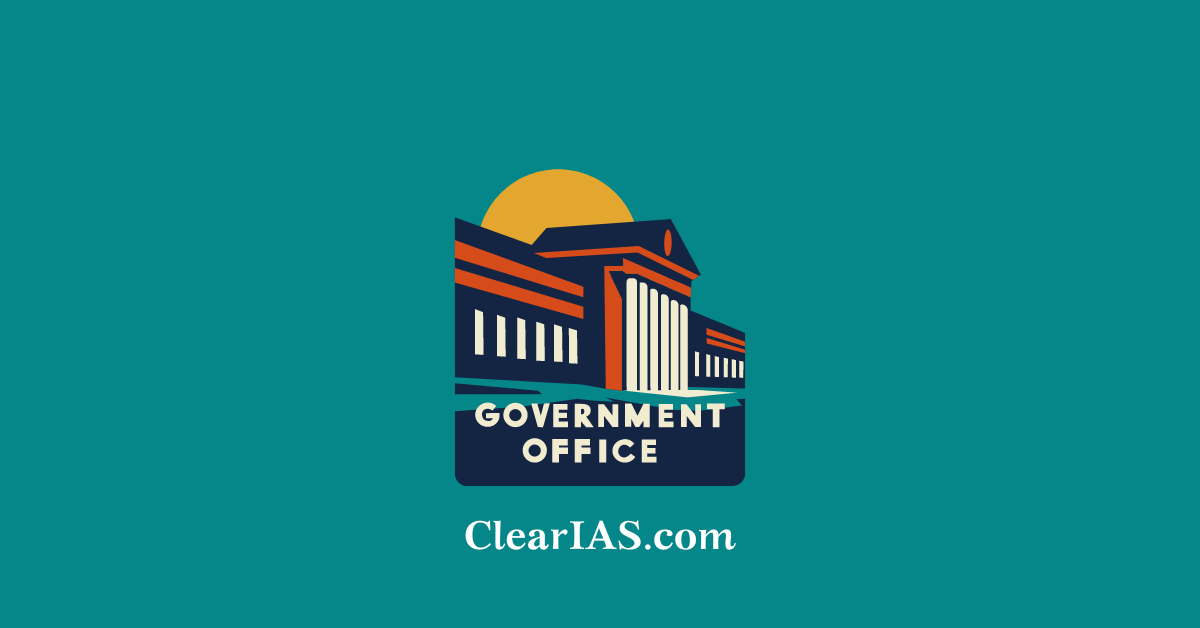 IAS vs IPS – Which is more powerful? Power and influence of Indian Administrative Service (IAS) and Indian Police Service (IPS) officers.
IAS vs IPS – Which is more powerful? Power and influence of Indian Administrative Service (IAS) and Indian Police Service (IPS) officers.
The Indian Administrative Service (IAS) and Indian Police Service (IPS) are two of the most prestigious and powerful civil services in India.
Both offer immense opportunities to serve the country and make a positive impact on the lives of millions of citizens.
However, there are some key differences between the two services when it comes to powers, responsibilities, and influence in governance.
Also read: Difference Between IAS and IPS Posts
About Indian Administrative Services
The Indian Administrative Services (IAS) is the administrative arm of All India Services. IAS officers handle the affairs of the government and public administration. Their main duties involve formulation and implementation of government policies, managing central and state government departments, revenue collection, civil administration, and so on.
After joining the IAS, officers undergo training at the Lal Bahadur Shastri National Academy of Administration in Mussoorie. They also go through several on-field trainings at the district and state levels.
IAS officers start their careers as Sub-Divisional Magistrates or Deputy Collectors and rise the ladder to become District Magistrates, Divisional Commissioners, and Secretaries/Commissioners in state and central government ministries.
The top position of the IAS cadre consists of designations like Chief Secretary of a state, Cabinet Secretary of India, Finance Secretary, Home Secretary, Defence Secretary, and Secretary to the Government of India. These are some of the most powerful posts in the bureaucracy.
Powers and Influence of IAS
As administrators and policymakers, IAS officers have substantial influence over planning, development, and resource utilization across the country. Here are some of the key government powers and decision-making capacities that IAS officers have:
– District Magistrates oversee law and order, general administration, and revenue management of their districts. They coordinate with the police department for the maintenance of law and order.
– Divisional Commissioners coordinate functioning between districts under their jurisdiction. They also handle revenue courts.
– Chief Secretaries are the top bureaucrats in state governments. They advise the state Chief Minister and cabinet on policies and governance.
– Secretaries at central government ministries formulated policies and drafted legislation, rules, and regulations in their domains.
– The Cabinet Secretary is the ex officio head of the Civil Services Board. He/she is the chief advisor to the Prime Minister on all administrative matters and oversees senior appointments.
– As heads of key departments like finance, home, agriculture, IT, defence, education, etc, IAS officers frame and execute policies and schemes that impact the lives of millions of citizens.
Thus, IAS officers hold strategic positions that provide immense opportunities to shape government policies, programs, budgets, and public service delivery systems. They act as vital links between the elected government and public administration. Senior IAS officers reporting directly to the ministers wield substantial influence due to their expertise and understanding of governance issues.
Also Read: The Beginner’s Guide to Clear IAS Exam
About Indian Police Services
The IPS or Indian Police Service is the policing arm of the All India Services. IPS officers handle police administration and law enforcement through the state police departments and central law enforcement agencies.
After recruitment into the IPS, officers undergo training at the Sardar Vallabh Bhai Patel National Police Academy in Hyderabad. They also go through on-field training and attachments with state police and central armed police forces throughout their careers.
IPS officers start their careers as Assistant Superintendent of Police or Assistant Commissioner of Police. They rise up the ranks to become Superintendents of Police, Senior Superintendents of Police, Deputy Inspector Generals, Inspector General of Police, Additional Director Generals, and finally Director General of Police.
At the central government level, IPS officers serve as chiefs of important forces like the Central Bureau of Investigation (CBI), Border Security Force (BSF), Central Reserve Police Force (CRPF), Indo-Tibetan Border Police (ITBP), Central Industrial Security Force (CISF) and so on.
Also Read: Civil Service Prelims 6-Month Strategy
Powers and Influence of IPS
As law enforcement officers, IPS powers and responsibilities involve:
– Maintaining law and order and public safety as SPs and SSPs at district and range levels.
– Leading the police force as DIG, IG, and DGP and handling administration, operations, intelligence, training, etc.
– Overseeing crime investigation, prevention, and detection as heads of state and central police forces.
– Modernization and capacity building of police infrastructure, systems, and resources.
– VIP security and smooth conduct of elections.
– Collection of criminal intelligence and handling issues of internal security like terrorism, insurgency, naxalism, etc.
– Implementing policies, law and order reforms, and union government directives on policing.
Thus, IPS officers have substantial powers over the maintenance of law and order in their jurisdictions. With a large armed police force under their command and access to intelligence, senior IPS officers have considerable influence over security domains.
As police chiefs and heads of intelligence agencies like IB, RAW, and CBI, they control important information and resources for governance.
However, IPS powers are confined more to their domain of policing, law enforcement, and internal security. They don’t have an overarching influence over policymaking and governance, unlike IAS officers.
IAS vs IPS – Which is More Powerful?
When comparing the real extent of powers and influence, most experts agree that IAS officers have an edge over IPS officers. Here are some reasons why IAS is more powerful and influential than IPS in the bureaucracy:
– IAS officers control policymaking, planning, and resources across diverse sectors. This gives them a broader impact.
– They directly advise ministers on schemes and reforms in governance. IPS officers have limited advisory roles.
– IAS officers often head departments like Finance, Home, Defense, and External Affairs as secretaries. This gives them greater influence in governance.
– As heads of state and central government administrations, IAS officers exercise control over regulatory mechanisms, budgets, program implementation, and public service delivery.
– Top posts like Cabinet Secretary, Principal Secretary to PM are reserved for IAS and not IPS officers.
– IPS officers have narrower domain expertise limited to law enforcement, intelligence, and internal security.
– IAS officers have greater opportunities to rise to the most powerful bureaucratic offices with their diverse experience.
Also read: Difference Between IAS and IPS Posts
Conclusion
Thus, while IPS officers also form the backbone of public administration and governance, IAS officers wield greater influence through their larger role in policymaking, planning, and programs across the country.
The extensive powers and broader experience of IAS give it an edge over IPS when it comes to real influence in the bureaucracy.
However, both services allow motivated individuals to contribute meaningfully to nation-building throughout their careers.
Article Written By: Priti Raj







Leave a Reply